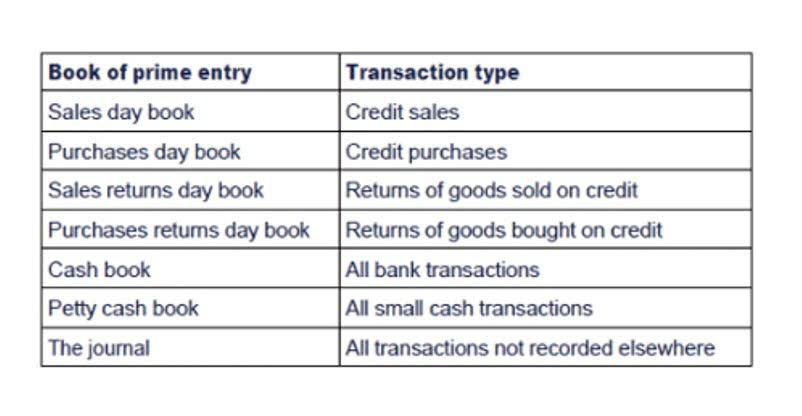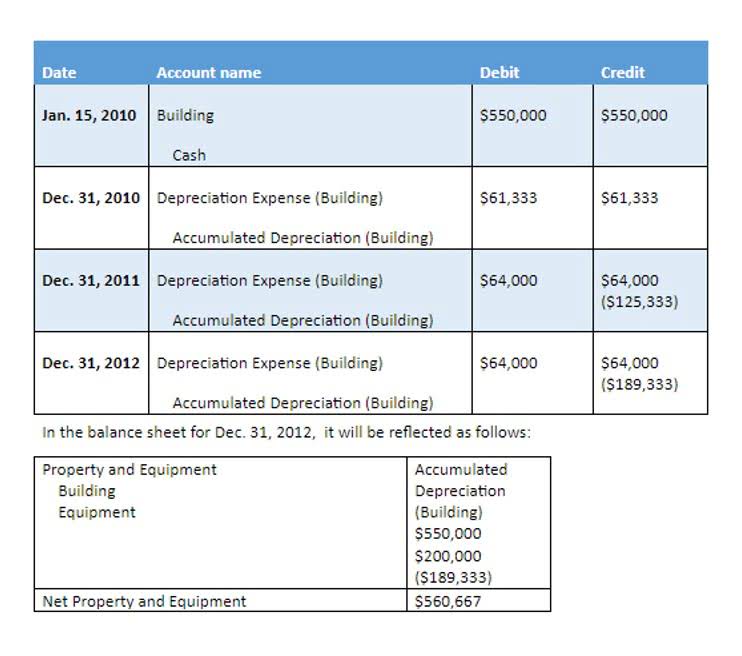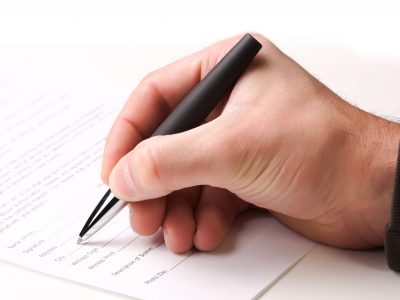
The most basic type of depreciation is the straight line depreciation method. So, if an asset cost $1,000, you might write off $100 every year for 10 years. The formula used to calculate annual depreciation expense under the double declining method is as follows.
Double declining balance vs. the straight line method
- We will cover everything from the basics to examples, making it easy for anyone to grasp.
- If the beginning book value is equal (or almost equal) with the salvage value, don’t apply the DDB rate.
- Our rigorous editorial process includes editing for accuracy, recency, and clarity.
- This cycle continues until the book value reaches its estimated salvage value or zero, at which point no further depreciation is recorded.
- This is greater than the $4,600 in depreciation expense annually under straight-line depreciation.
Then, calculate the straight-line depreciation rate and double it to find the DDB rate. Multiply this rate by the asset’s book value at the beginning of each year to find that year’s depreciation expense. When changing depreciation methods, companies should carefully justify the change and adhere to accounting standards and tax regulations. Additionally, any changes must be disclosed in the financial statements Accounting For Architects to maintain transparency and comparability. For instance, if a car costs $30,000 and is expected to last for five years, the DDB method would allow the company to claim a larger depreciation expense in the first couple of years.
- Tickmark, Inc. and its affiliates do not provide legal, tax or accounting advice.
- In this scenario, we can use the formula to calculate the depreciation expense for the first year.
- The double declining balance method offers faster depreciation, suitable for assets that lose value quickly, while the straight line method spreads costs evenly over the asset’s useful life.
- In some cases, we earn commissions when sales are made through our referrals.
- This is unlike the straight-line depreciation method, which spreads the cost evenly over the life of an asset.
Double Declining Balance Method Formula (How to Calculate)
If, for example, an asset is purchased on contribution margin 1 December and the financial statements are prepared on 31 December, the depreciation expense should only be charged for one month. In the accounting period in which an asset is acquired, the depreciation expense calculation needs to account for the fact that the asset has been available only for a part of the period (partial year). The following section explains the step-by-step process for calculating the depreciation expense in the first year, mid-years, and the asset’s final year.

Double Declining Balance Depreciation: Calculation and Examples
(You can multiply it by 100 to see it as a percentage.) This is also called the straight line depreciation rate—the percentage of an asset you depreciate each year if you use the straight line method. The beginning book value is the cost of the fixed asset less any depreciation claimed in prior periods. Under the DDB method, we don’t consider the salvage value in computing annual depreciation charges.
- For example, if an asset has a salvage value of $8000 and is valued in the books at $10,000 at the start of its last accounting year.
- The most commonly used method of depreciation is straight-line; it is the simplest to calculate.
- Besides his extensive derivative trading expertise, Adam is an expert in economics and behavioral finance.
- When it comes to taxes, this approach can help your business reduce its tax liability during the crucial early years of asset ownership.
- The straight-line depreciation percentage is, therefore, 20%—one-fifth of the difference between the purchase price and the salvage value of the vehicle each year.
- This means that compared to the straight-line method, the depreciation expense will be faster in the early years of the asset’s life but slower in the later years.
- The 150% method does not result in as rapid a rate of depreciation at the double declining method.
Our editorial team independently evaluates products based on thousands of hours of research. This method is best suited for assets that lose a big portion of their value at the beginning of their useful life, cars or any items that become obsolete quickly are good examples. In the last year of an asset’s useful life, we make the asset’s net book value equal to its salvage or residual value. This is to ensure that we do not depreciate an asset below the amount we can recover by selling it. For example, if an asset has a useful life of 10 years (i.e., Straight-line rate of 10%), the depreciation rate of 20% would be charged on its carrying value.


This article is a must-read for anyone looking to understand and effectively apply the DDB method. Whether you’re a business owner, an accounting student, or a financial professional, you’ll find valuable insights and practical tips for mastering this method. By front-loading depreciation expenses, it offers the advantage of aligning with the actual wear and tear pattern of assets. This not only provides a more realistic representation of an asset’s condition but also yields tax benefits and helps companies manage double declining depreciation risks effectively.
Free Double Declining Balance Depreciation Template (Calculator)
Double declining balance depreciation allows for higher depreciation expenses in early years and lower expenses as an asset nears the end of its life. The sum-of-the-years-digits (SYD) method balances accelerated expense recognition with gradual cost allocation. It’s useful for assets with decreasing benefits over time, like software or rapidly advancing equipment. The SYD method uses a fraction, with the numerator as the remaining years of the asset’s life and the denominator as the sum of the years’ digits.
